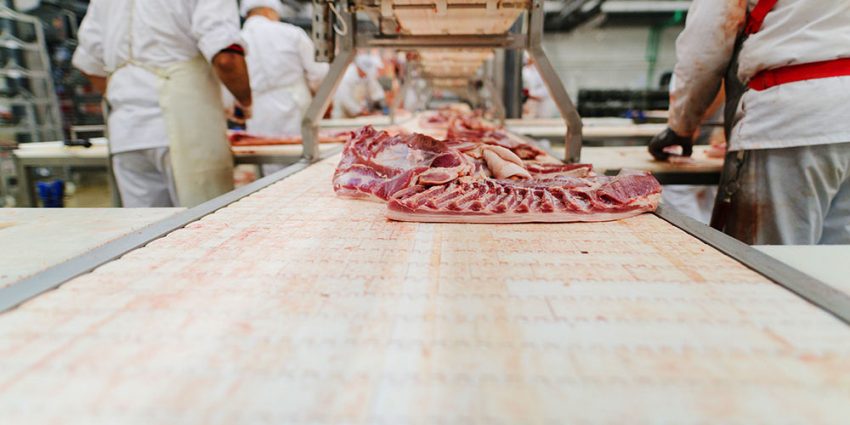Maintaining meat processing tools is essential for optimal performance and safety in your kitchen or business. Sharp, reliable tools ensure that meat is processed efficiently, maintaining quality and hygiene. But how do you know when it’s time to replace them? In this post, we’ll explore the signs of wear and tear and help you determine when to say goodbye to your trusty tools and welcome new ones.
Understanding Tool Wear and Tear
First, let’s talk about the different kinds of wear and tear your tools can experience:
- Mechanical Wear: Over time, moving parts can deteriorate, leading to a loss of functionality.
- Physical Damage: This includes cracks, dents, and other visible damage that can affect a tool’s performance.
- Performance Issues: If your tools aren’t working as efficiently as they used to, they might be suffering from internal damage or wear.
Worn-out tools can impact meat quality, lead to slower processing times, and even pose safety risks. So, it’s crucial to keep an eye out for these issues.
Common Signs of Tool Wear and Tear
- Dull or Chipped Blades
One of the most common issues is dull or chipped blades. You might notice:
- Difficulty cutting through meat.
- Uneven cuts.
- Visible chips on the blade.
A dull blade doesn’t just slow you down—it can also be dangerous. It’s time for a replacement if sharpening no longer restores the blade’s edge.
- Rust and Corrosion
Rust and corrosion are big red flags. Symptoms include:
- Rust spots on metal parts.
- Corroded areas that look pitted or rough.
Rust compromises tool integrity and hygiene, making it unsafe to use on food.
- Loose or Wobbly Parts
If parts of your tools feel loose or wobbly, that’s a problem. Symptoms include:
- Parts that don’t fit snugly together.
- Excessive play in moving parts.
This can lead to decreased accuracy and increase the risk of accidents.
- Unusual Noises or Vibrations
Grinding, squeaking, or unusual vibrations during operation are tell-tale signs of trouble. These can indicate internal damage or misalignment that could worsen over time.
Assessing Tool Performance
How well does your tool perform its intended function? Signs of decline include:
- Slower processing times.
- Increased effort needed.
- Inconsistent results.
Sometimes, the best way to evaluate your current tools is to compare them to new ones. If the performance gap is significant, it might be time for an upgrade.
When to Replace Your Tools
Consider replacing your tools when:
- The cost of repairs outweighs the cost of replacement.
- Tools can no longer be effectively repaired.
Following manufacturer recommendations for tool replacement or maintenance intervals can prevent unexpected failures and maintain efficiency.
Maintenance Tips to Extend Tool Life
Proper cleaning, lubrication, and storage can prevent premature wear and tear. Follow these best practices:
- Clean tools thoroughly after each use.
- Lubricate moving parts regularly.
- Store tools in a dry, safe place to prevent damage.
Regularly inspecting your tools for signs of damage or wear and addressing issues promptly can extend their lifespan. Always follow manufacturer guidelines for tool use. Avoiding misuse can prevent unnecessary damage and prolong tool life.
Conclusion
Maintaining your meat processing tools is crucial for efficiency, safety, and quality. Keep an eye out for signs of wear and tear such as dull blades, rust, loose parts, and unusual noises. Regular maintenance and proper usage can extend tool life, but knowing when to replace them is equally important.
Don’t wait until your tools are completely worn out. Regularly assess their condition and consider replacements when necessary to maintain high processing standards.
Explore Mound Tool’s range of meat processing tools that offer durability and efficiency. If you need assistance selecting or replacing your tools, contact us for expert advice.

